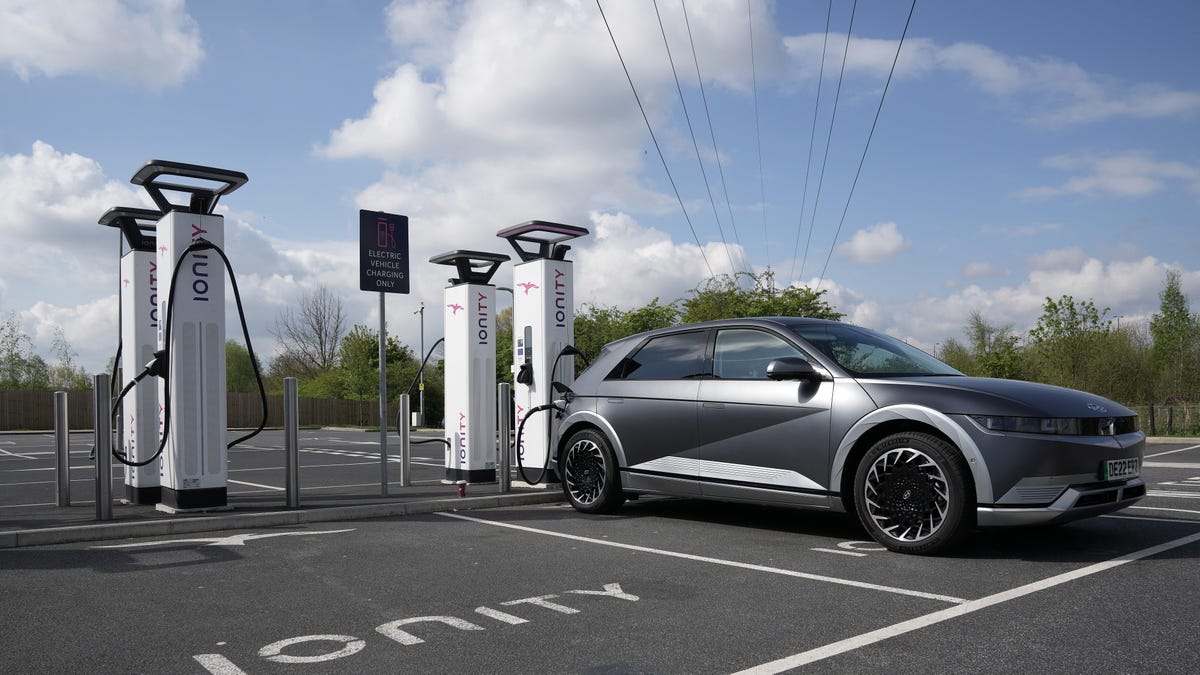How California's Internal-Combustion Ban Could Affect 17 Other US States

Photo: Christian Mehlführer, User:Chmehl, CC BY 3.0 , via Wikimedia Commons
Fun fact: California was the first state to adopt California emissions regulations. Over the years, the state has modified its laws a number of times to add stringency, but the latest set of regulations is the strictest: after 2035, the sale of brand-new fossil-fuel-burning cars will be banned in the state.
This isn’t strictly an emissions regulation. California law covers car and truck exhausts in Title 13 of the California Code of Regulations, section 1961 (13 CCR § 1961 if you’re naughty). The most relevant update to this section, 13 CCR § 1961.4, never establishes a hard cap of zero tailpipe emissions — it doesn’t need to.
The job of fully outlawing gas cars comes in the following section, 13 CCR § 1962. That section covers automaker fleets, and what percentage of vehicles sold in California must be zero-emissions. The latest update, 13 CCR § 1962.4, mandates that 100 percent of vehicles sold by an automaker in 2035 must be zero-emissions. Actual tailpipe emissions regulations never go to zero because fleet percentage laws take up the slack — a distinction that’s unimportant to California buyers, but matters for the other states that mimic California’s rules.
See, out of the 17 other states that look to California for emissions rules, only 15 follow the California Air Resource Board’s legislation on zero-emissions vehicle fleet percentages. Even among those 15, however, things get weird and more technical on a state-by-state basis.



